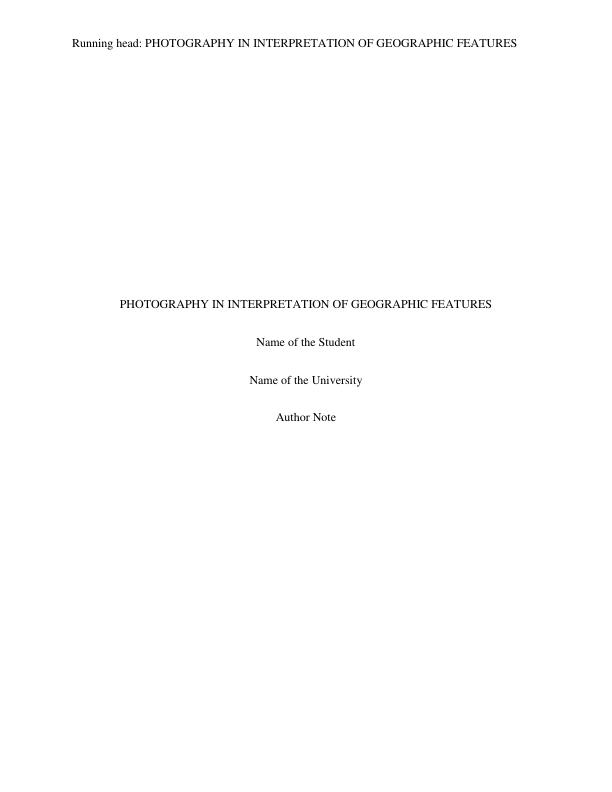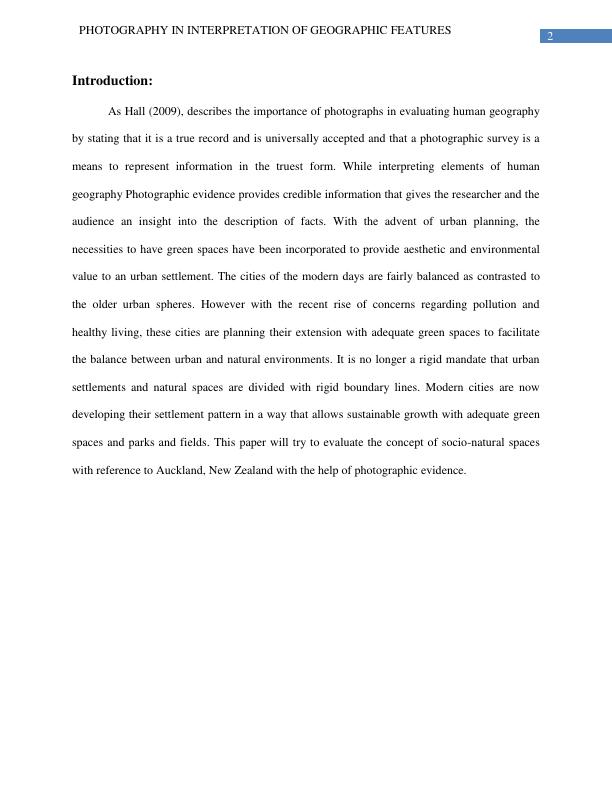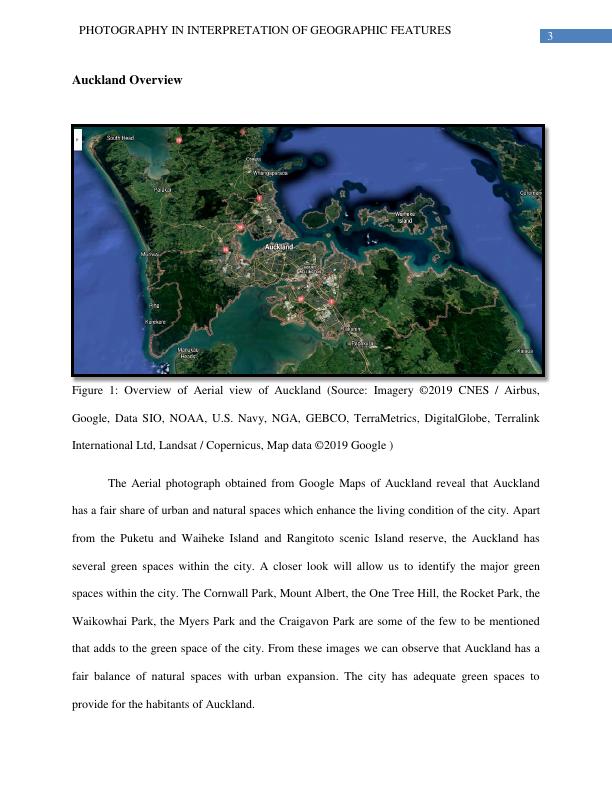Photography in Interpretation of Geographic Features
This assignment aims to connect your own experience of urban nature to concepts covered in class, to get you thinking critically about your day-to-day experiences of nature in the city.
9 Pages1370 Words65 Views
Added on 2023-04-22
About This Document
This paper evaluates the concept of socio-natural spaces with reference to Auckland, New Zealand with the help of photographic evidence. It discusses the importance of photographs in evaluating human geography and how photographic evidence provides credible information that gives the researcher and the audience an insight into the description of facts.
Photography in Interpretation of Geographic Features
This assignment aims to connect your own experience of urban nature to concepts covered in class, to get you thinking critically about your day-to-day experiences of nature in the city.
Added on 2023-04-22
ShareRelated Documents
End of preview
Want to access all the pages? Upload your documents or become a member.
Photography in Interpretation of Geographic Features
|9
|1369
|461



